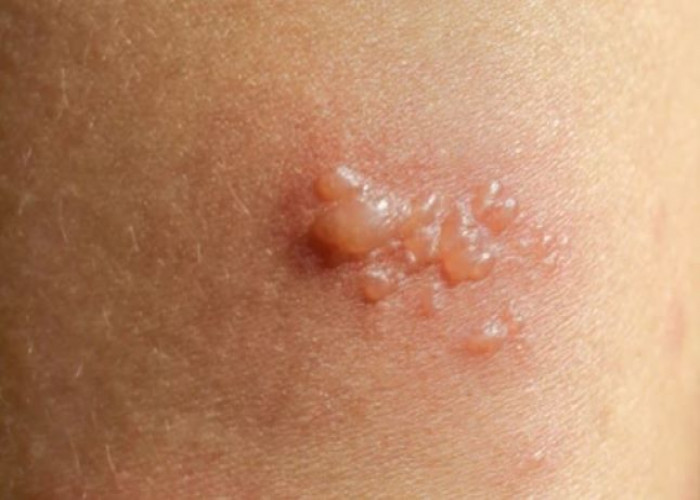 Welcome
Welcome
“May all be happy, may all be healed, may all be at peace and may no one ever suffer."
Bullous pemphigoid
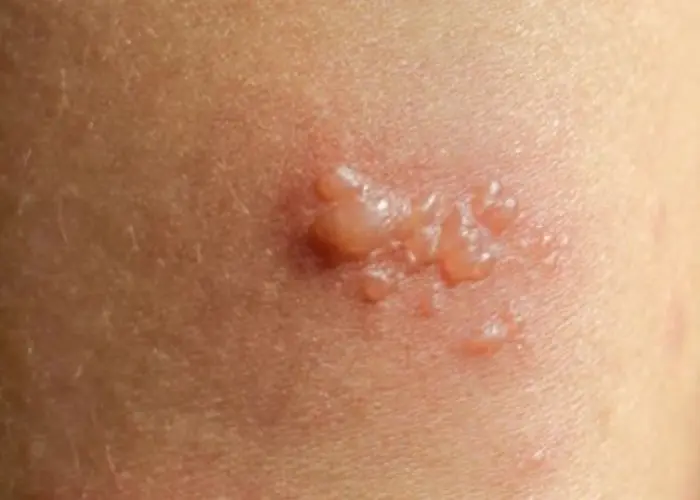
Bullous pemphigoid is a rare autoimmune disorder that affects the skin and mucous membranes. It is characterized by the formation of large, fluid-filled blisters or bullae on the skin, which can be painful and itchy. The cause of bullous pemphigoid is unknown, but it is thought to be related to an abnormal immune response that attacks the body's own tissues. Treatment options may include medications such as corticosteroids and immunosuppressants to reduce inflammation and manage symptoms, as well as wound care and infection prevention for open blisters. It is important for individuals with bullous pemphigoid to work closely with a healthcare provider to manage their condition and prevent complications.
Research Papers
Disease Signs and Symptoms
- Itching
- Itchy, blistery skin rash (dermatitis herpetiformis)
- Watery blisters
- Skin around the blisters that is normal, reddish or darker than normal
- Small blisters or sores in the mouth or other mucous membranes (benign mucous membrane pemphigoid)
Disease Causes
Bullous pemphigoid
The blisters occur because of a malfunction in your immune system.
Your body's immune system normally produces antibodies to fight bacteria, viruses or other potentially harmful foreign substances. For reasons that are not clear, the body may develop an antibody to a particular tissue in your body.
In bullous pemphigoid, the immune system produces antibodies to the fibers that connect the outer layer of skin (epidermis) and the next layer of skin (dermis). These antibodies trigger inflammation that produces the blisters and itching of bullous pemphigoid.
Contributing factors
Bullous pemphigoid usually appears randomly with no clear factors contributing to the onset of disease. Some cases may be triggered by:
- Medications. Prescription drugs that may cause bullous pemphigoid include etanercept (Enbrel), sulfasalazine (Azulfidine), furosemide (Lasix) and penicillin.
- Light and radiation. Ultraviolet light therapy to treat certain skin conditions may trigger bullous pemphigoid, as can radiation therapy to treat cancer.
- Medical conditions. Disorders that may trigger bullous pemphigoid include psoriasis, lichen planus, diabetes, rheumatoid arthritis, ulcerative colitis and multiple sclerosis.
Disease Prevents
Disease Treatments
Treatment is focused on healing the skin and relieving itching, while minimizing adverse side effects of medications. Your doctor will likely prescribe one or a combination of the drugs:
- Corticosteroids. The most common treatment is prednisone, which comes in pill form. But long-term use can increase your risk of weak bones, diabetes, high blood pressure, high cholesterol and infection. Corticosteroid ointment can be rubbed on your affected skin and causes fewer side effects.
- Steroid-sparing drugs. These drugs affect the immune system by inhibiting the production of your body's disease-fighting white blood cells. Examples include azathioprine (Azasan, Imuran) and mycophenolate mofetil (CellCept). If your signs and symptoms involve the eyes or upper digestive tract, the drug rituximab (Rituxan) may be used if other approaches haven't helped.
- Other drugs that fight inflammation. An example is methotrexate (Trexall).
Disease Diagnoses
Disease Allopathic Generics
Disease Ayurvedic Generics
Disease Homeopathic Generics
Disease yoga
Bullous pemphigoid and Learn More about Diseases
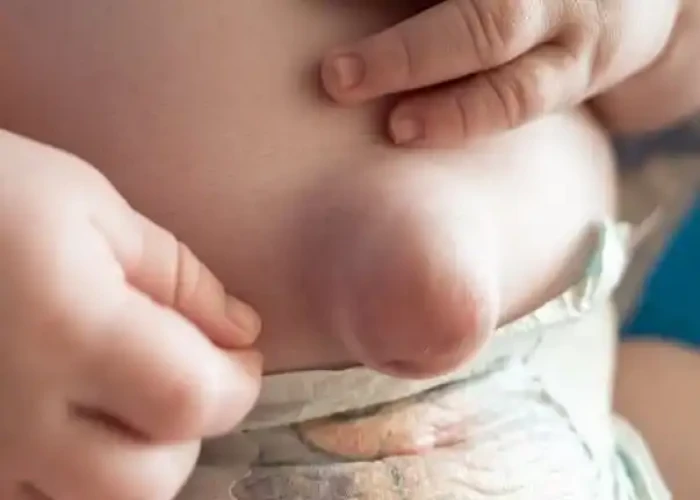
Umbilical hernia

Schizotypal personality disorder
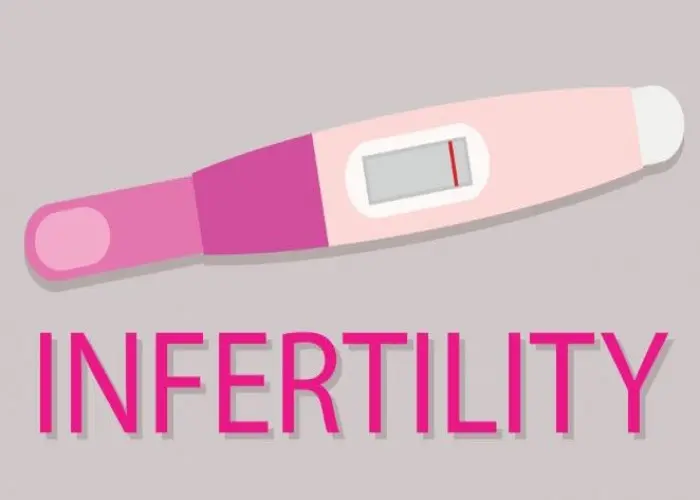
Infertility (Sterility)

Bed-wetting
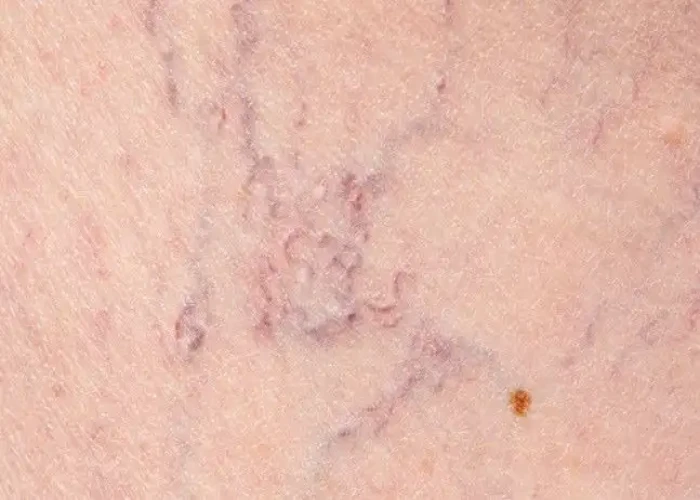
Small vessel disease
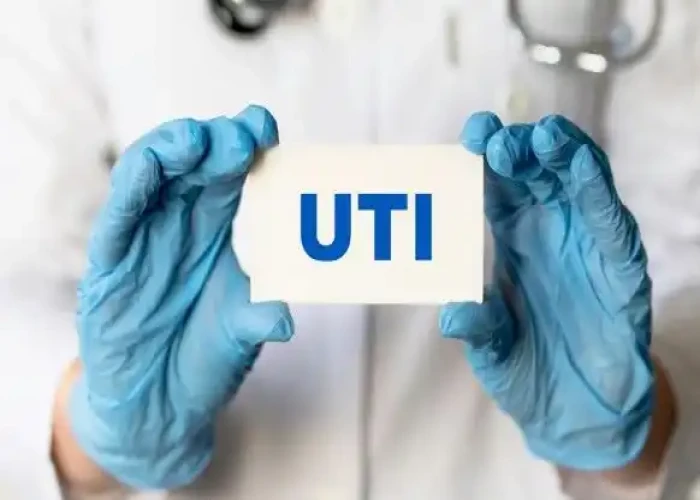
Urinary tract infection (UTI)
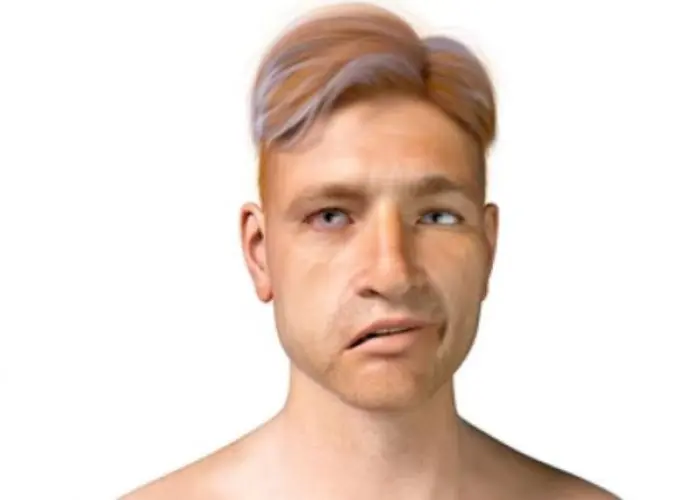
Bell's palsy

Hives (Cold urticaria)
Bullous pemphigoid, Bullae skin, বুলাস পেমফিগয়েড
To be happy, beautiful, healthy, wealthy, hale and long-lived stay with DM3S.
